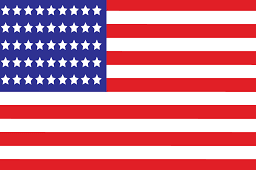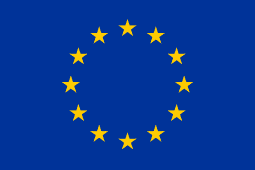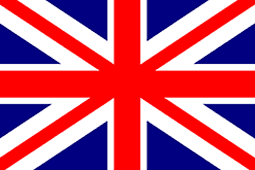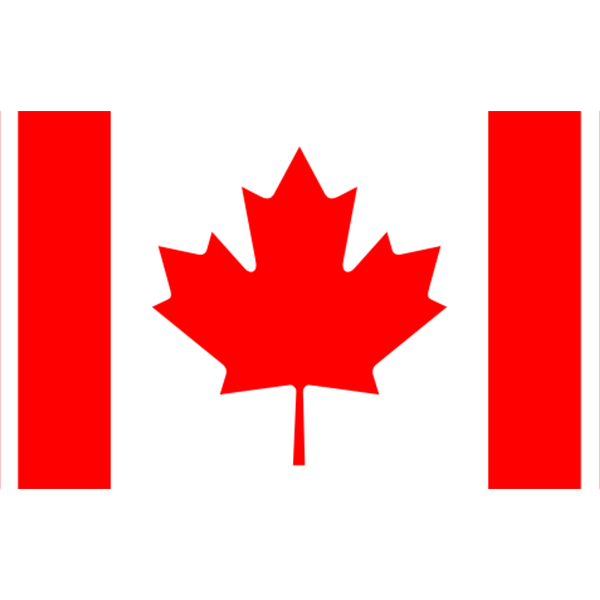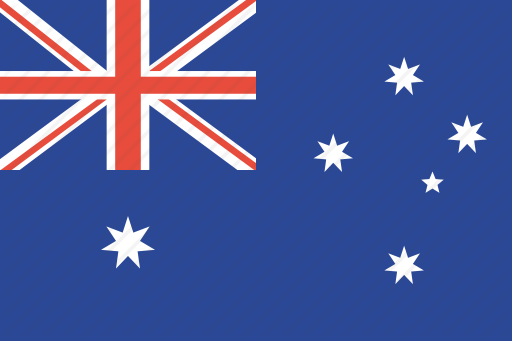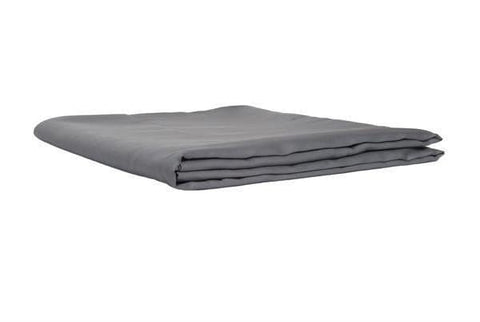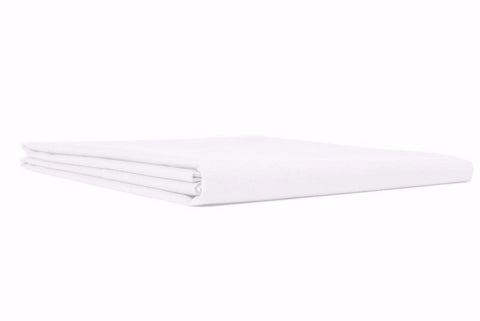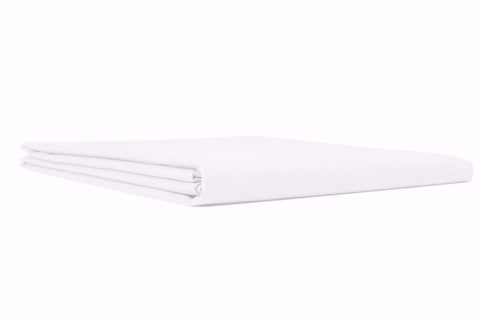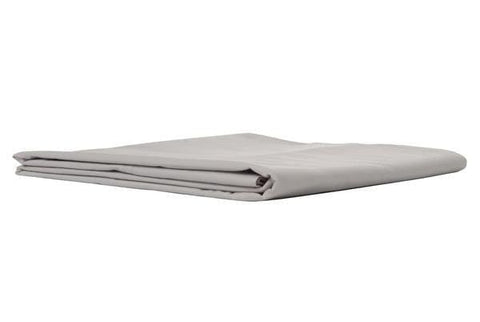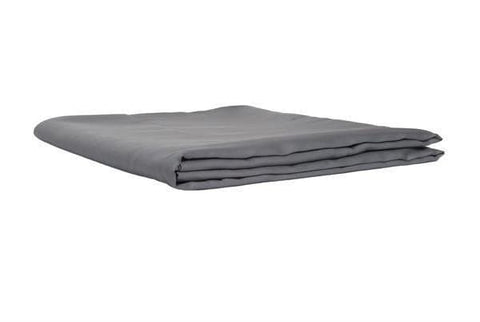Why Choose Egyptian Cotton Bedding?
Cotton is the most commonly used fiber when it comes to bed sheets. It’s a natural material and when it is skillfully woven into a bedding set the material is not only strong but also incredibly breathable and cozy. It’s soft and durable and can be a wise investment too- if chosen wisely, a cotton bedding set can last a lifetime.
So, What Makes a High-Quality Bed Sheet?
When it comes to making quality sheets -the kind of sheet that is almost unbearable luxurious to slide into- it’s all about the fiber.
Cotton fibers are attached to the seeds inside the ‘boll’ of the plant. Inside this boll, there are about six seeds- and roughly 20,000 fibers attached to each seed! The length of these fibers (also referred to as ‘staples’) is the number one factor that defines the quality of the cotton.
Generally, the longer the fiber (staple), the higher the quality of the cotton. Staple lengths are categorized into short, medium, and long. High-quality Egyptian cotton is often defined as ELS- extra-long-staple cotton.
What Types of Cotton Material is There?
There is a huge variety of cotton materials out there. However, we can narrow this down to three main types used for bedding- Egyptian, Pima, and American Upland cotton.
Pure Egyptian cotton is universally accepted as the very best available on the market. Pima cotton (also known as Supima) is often considered the runner up and on the lower end of the scale is American Upland cotton, which is less expensive but quite rough and of lower quality than the other two varieties.
If a label does not specify the type of cotton used- aka ‘100% Cotton’- chances are the material is American Upland cotton. This type of cotton is very common and consists of shorter-length staple fibers.
The name ‘Pima’ cotton comes from the Native American Pima tribe, who grew cotton in Arizona. Pima is a long staple fiber and is reliable for strength and durability. It produces a very soft weave and a subtle sheen.
Egyptian cotton fibers are considered by many to be the best because of their length, durability, and softness. Longer fibers can be spun into a finer yarn, which is then woven to create a high quality, luxurious piece of material.
What’s the Difference Between Egyptian and Pima cotton?
Interestingly enough, both Egyptian and Pima cotton come from the same species- Gossypium Barbadense. However, the weather in Egypt (known for heavy rains, stable temperatures, and humidity) creates an ideal climate for growing cotton and therefore produces longer fibers than any other cotton.
Pro Tip: Your Egyptian cotton deserves to be taken care of! Try to avoid using detergents that contain bleach. The chemicals that make up bleach can without a doubt break down the natural fibers of your sheets. It’s best to use a gentle detergent, cold water, and a low drying temperature when washing anything made of Egyptian cotton.
What Else Do I Need To Know?
Now that we’re sorted on the different types of cotton out there, we can talk about the difference between two fabric types- Percale and Sateen. Don’t worry, it’s not too complicated- the material stays the same. The only difference is the way the fabric is woven.
So, What Type of Fabric is Percale?
Percale fabric is woven using a simple basket weave. The weave is a one-over, one-under structure and always has a thread-count higher than 200. Due to this weave, Percale is a strong and smooth fabric with a matte finish, crisp feel, and has great breathability qualities.
And Sateen?
Sateen fabric uses a four-over-one-under weaving technique, which places more threads on the surface of the material. This technique gives this fabric a unique gloss finish and drape that is similar to satin (hence the name!) while maintaining the comfort and durability of cotton. Sateen fabric is ultra-smooth and feels luxurious against your skin. Sateen generally has a higher thread count than Percale and is therefore slightly heavier and warmer than Percale.

